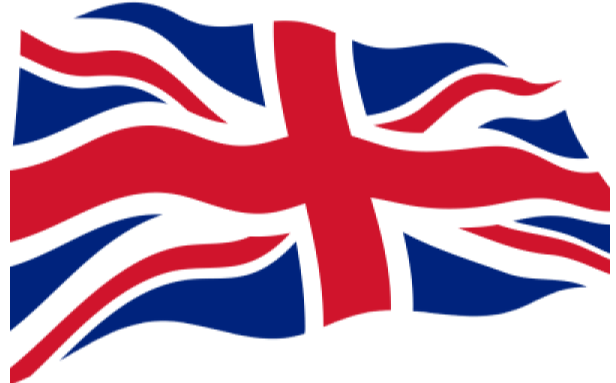With the Army 2020 announcement now likely to be made in Parliament this week, what line has BAFF been taking? The BAFF Chairman has given interviews on the subject in recent weeks. He has provided this summary of what he has been saying so far:
My interviews on BBC Scotland were in response to media speculation about the future of regiments, but my aim was to explain the background, and not myself add to speculation about particular units anywhere in the Army.
The British Armed Forces Federation doesn't itself comment on operational or strategic issues, and we recognise that the future size and shape of the armed forces is a proper - indeed, necessary - decision for HM Government.
With the Army being cut by 20,000 troops over ten years, our concern is with all our present and future members who may be affected in one way or another, not to mention reductions in the RN and RAF.
Not just the infantry
The impending cuts will affect not just the infantry, but other combat, combat support and combat service support arms of the Army.
Many of the serving personnel I have spoken to recently, including colleagues in the BAFF Executive Council, accept the need for a radical approach, and are optimistic that General Nick Carter's A2020 Team have come up with a workable solution within the direction given by Ministers.
There will be far more to the Army 2020 announcement than the disbandment of battalions.
'Ancient capbadges'
It was the Secretary of State's Telegraph interview of 8 May which sparked off much of the speculation. I was not alone in being distinctly puzzled by Mr Hammond's reported reference to "ancient cap badges ... attached in brackets to some unit names".
The so-called ancient capbadges are, in fact, the regimental names which had their status changed in 2006, when many battalions were re-grouped in large regiments. Perhaps someone at the Telegraph or the MoD thought that "ancient" was more accessible than the correct word "antecedent", but it confused the issue and cast doubt - probably unfairly - over the quality of Mr Hammond's briefings.
Short regimental titles have always been used in the Army in tactical documents, signals, and in ordinary conversation. That hasn't changed, so for example, The Black Watch, 3rd Battalion The Royal Regiment of Scotland is generally referred to in the Army as 3 SCOTS.
But ask the crowds which turned out for that units's post-Afghanistan homecoming parades for whom they were cheering, and it's the Black Watch.
That said, since it was formed in 2006 the Royal Regiment of Scotland has successfully developed its own modern identity, building on the links which always existed within the Scottish Division, and the same is true of other regiments.
Whatever happens, I believe that Scots like myself must continue to support the Royal Regiment of Scotland and its soldiers in any way that we can.
Battalion manning figures
With increasing speculation centred on the recruiting figures for different battalions and the proportion of their soldiers from the Commonwealth, I have been pointing out that the figures do not justify some of the conclusions we have been hearing lately.
For one thing, battalions no longer do any of their own recruiting.
Recruits are given the opportunity to "prioritise" their own choice of initial battalion, but there is no guarantee that their choice will be granted. Soldiers are directed where they are most needed, with priority being given quite rightly to battalions coming up for their Afghanistan pre-deployment training period.
The media speculation went into overdrive after a parliamentary answer on 14 June to Mark Lancaster, the Conservative MP for Milton Keynes. This listed the "establishment" (how many there should be) versus the "manning" (how many there actually are) for each infantry battalion.
The smallest infantry battalion establishment is 523, and the largest is 608. Quite a difference.
With minor variations, establishments depend on the role of the unit, with the largest units being "armoured infantry" equipped with the Warrior infantry fighting vehicle.
For example we find that the two armoured infantry battalions in Fallingbostel, Germany are below size for their role, but they are both "between tours" and they are both of average size when compared with the other, "light role", battalions in their large regiments.
'Worst recruited units'
So phrases like "worst recruited units" should be treated with caution.
I suggested in one of the interviews that distance from home - whether in Germany, Cyprus or even a distant part of the UK, might be another factor in some of the lower unit strengths.
The Ministry of Defence itself says that manning is "only one of the factors" taken into account in decisions about the future of units..
Reserves
I did not have the opportunity in these recent interviews to mention the Government's plans to increase the reserves while reducing the Regular Army. The membership of BAFF includes reservists as well as regulars.
